The Eiffel Tower in Paris. Niagara Falls in Canada. These national icons have lit up in pink! Yes, the Pink October 2016 campaign has launched!
Races for the cure, breast cancer walks, themed parties and pink days at work, a Breast Cancer stamp for breast cancer research – the very first one being released by Hillary Clinton – the silver Breast Cancer coin – heads with the portrait of Queen Elizabeth II and tails with the Pink Ribbon – and a large number of commercial partners, all this makes it possible, without exaggeration, to speak of a huge “pink ribbon” industry.
Astonishing, annoying, shocking: a devastating disease descends into "glamour and glitz." Several voices are raised to denounce "the disguise of cause marketing as commercial opportunism." With so much self-serving interest, breast cancer has become "pretty, elegant, feminine" -- (yet 1% of cases are male, and some men are now calling for a slightly bluer campaign) -- and the dominant discourse is one of boundless energy and optimism. The figures will be thrown around again: one in eight women (one in 1,000 men) will suffer from breast cancer, but they will beat it thanks to the millions raised for research.
French gastroenterologist Étienne Dorval, faced with the phenomenal success of this initiative, remarked that it would be "mission impossible to find a company that would associate its image with colorectal cancer screening." Today, everything, it seems, has to be "trendy"...
Thus, during Pink October, we will raise funds for breast cancer research. We will talk about screening, mammography, MRI, treatments by surgery, radiotherapy, hormone therapy, chemotherapy, and targeted treatments (Bevacizumat, Lapatinib, Everolimus) and also a new drug Perjeta (Swiss laboratory Roche) offering 16 months of additional survival, to be combined with Herceptin for greater effectiveness, at a monthly cost of $5,900 for the first and $5,300 for the second.
It is worth noting that this campaign, which began in 1985, was initiated by the pharmaceutical company AstraZeneca, and that it has grown in popularity with the support of the cosmetics company Estée Lauder. Since then, Avon, Novartis, Tommy Hilfiger, Ralph Lauren, Ford, BMW, Breakthrough Credit Cards, Samsung, the National Football League, and others have followed suit and displayed the pink ribbon on their products and in their advertisements.
Research. Screening. New and old treatments. And what about prevention?
A Swiss study published in the International Journal of Cancer1 in September 2016 states that the aluminum salts contained in 80% of deodorants are dangerous . In an in vitro experiment, mouse mammary cells exposed to aluminum salts, then reinjected into mice, caused them to develop breast cancers with very aggressive tumors and metastases. The director of this study, AP Sappino, states that the toxicity of these salts is no longer in doubt and that we must "impose a precautionary principle" and advise women (and men?) not to use these deodorants.
Already, this study is generating a lot of opposition. Catherine Hill, an epidemiologist at the Gustave Roussy Institute (France), has a wise comment. Speaking of the turmoil surrounding antiperspirants and cancer, she states: "If women throw away their deodorant and continue to smoke, drink, be overweight, take hormone treatments... they will be terribly wrong." She couldn't be more right than that.
So, Sober October, we should stop and think about it. A campaign of this name in England is fighting against cancer, and another, also of this name – Ocsobre – is fighting in Quebec against addictive behaviors among young people. The challenge is to stop drinking for the entire month of October for the English, and for Quebecers to stop a behavior that is known to be harmful to health. Then, encouraged by the success of a month of abstinence, to simply continue towards full freedom, and regained physical, but also mental, and social health.
But let's go even further: When will there be a Pink October that will soberly have the audacity, the freedom, the honesty to highlight recent studies (2009 and later) that reinforce the evidence of a CAUSAL RELATIONSHIP between the consumption of alcoholic beverages and the risk of breast cancer, but also cancers of the aerodigestive tract, the colon-rectum, and the liver2?
Because we need to face the facts: There is no level of alcohol consumption that is risk-free for your health in the short and long term. And when you are a woman, and you stop accepting being the passive target of opportunistic marketing, you no longer take risks with a substance classified as a Category 1 human carcinogen (International Agency for Research on Cancer (IARC). The truth is that alcohol is still toxic, still addictive, still carcinogenic, still teratogenic3. So in the name of life, let's adopt a healthy lifestyle, and, for starters, let's stop raising a glass to death4.
Danièle Starenkyj©2016 www.publicationsoron.com
1. Mandriata SJ, Tenan M., Ferrari P., Sappino A.-P., Aluminum chloride promotes tumorigenesis and metastasis in normal murine mammary gland epithelial cells, INT J CANCER, September 7, 2016.
2. Committee on carcinogenicity “Statement on consumption of alcoholic beverages and risk of cancer”, www.gov.uk/government/publications/consumption-of-alcoholic-beverages-and-risk-of-cancer
3. Starenkyj D., TOTAL HEALTH, “Reasoned abstention”, Orion, 2009.
4. Starenkyj D., REFLECTIONS FOR A BETTER LIFE, Orion, 2015.
















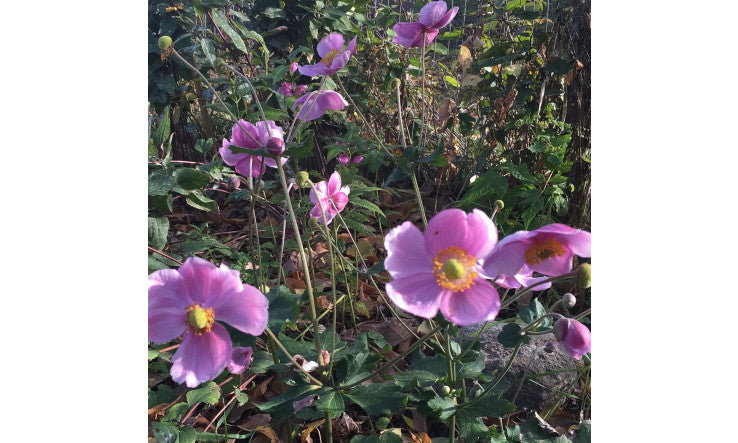

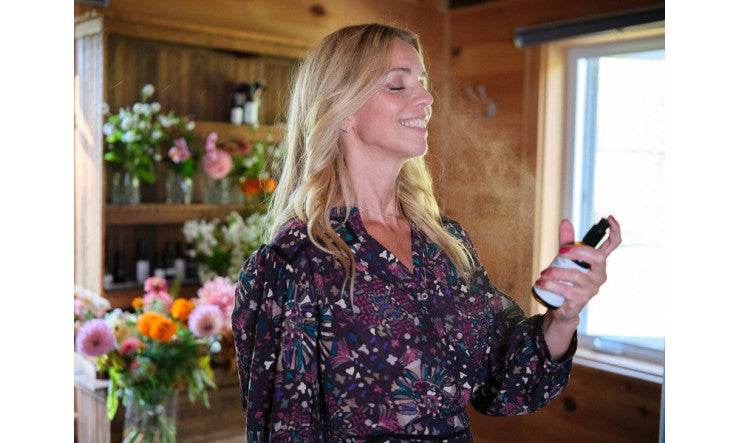

































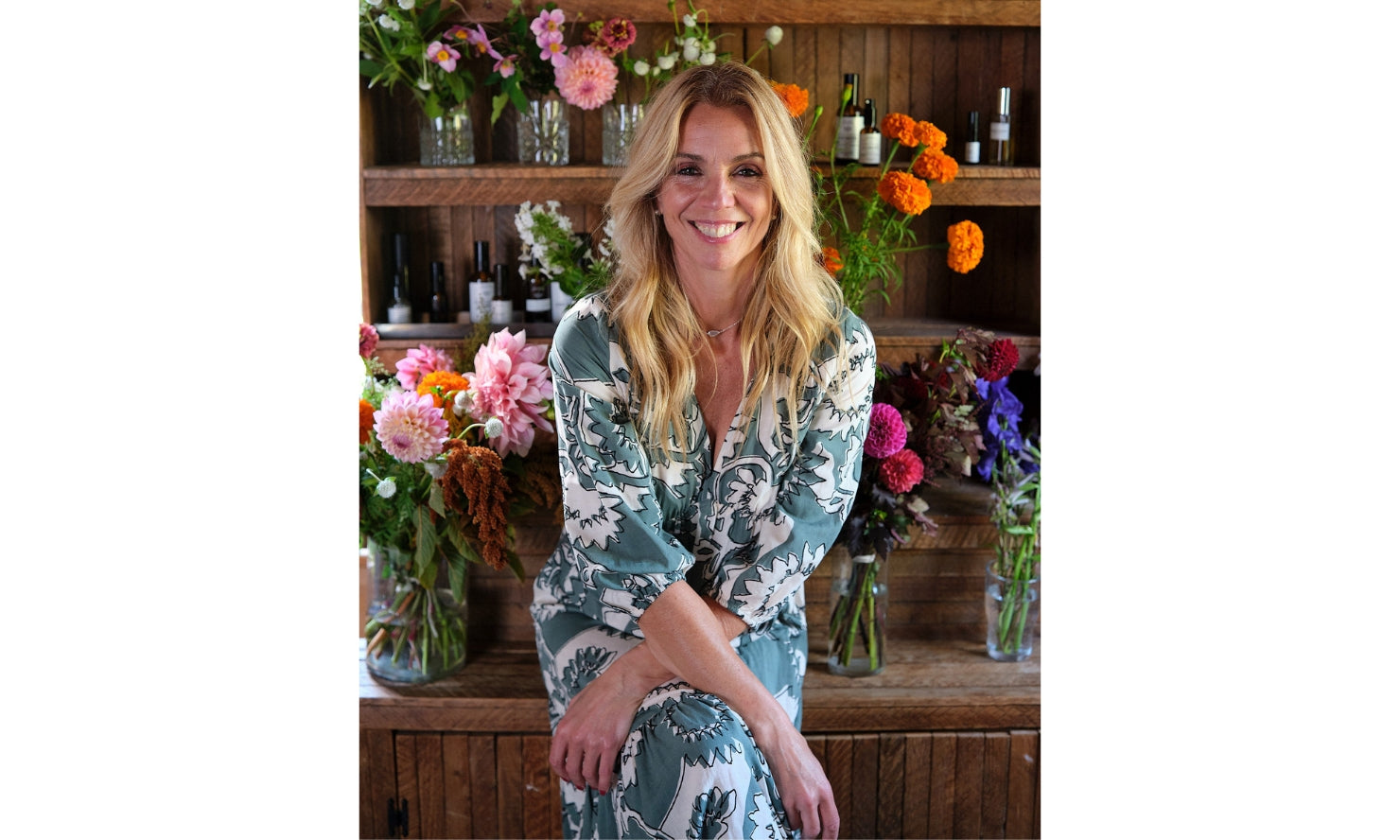
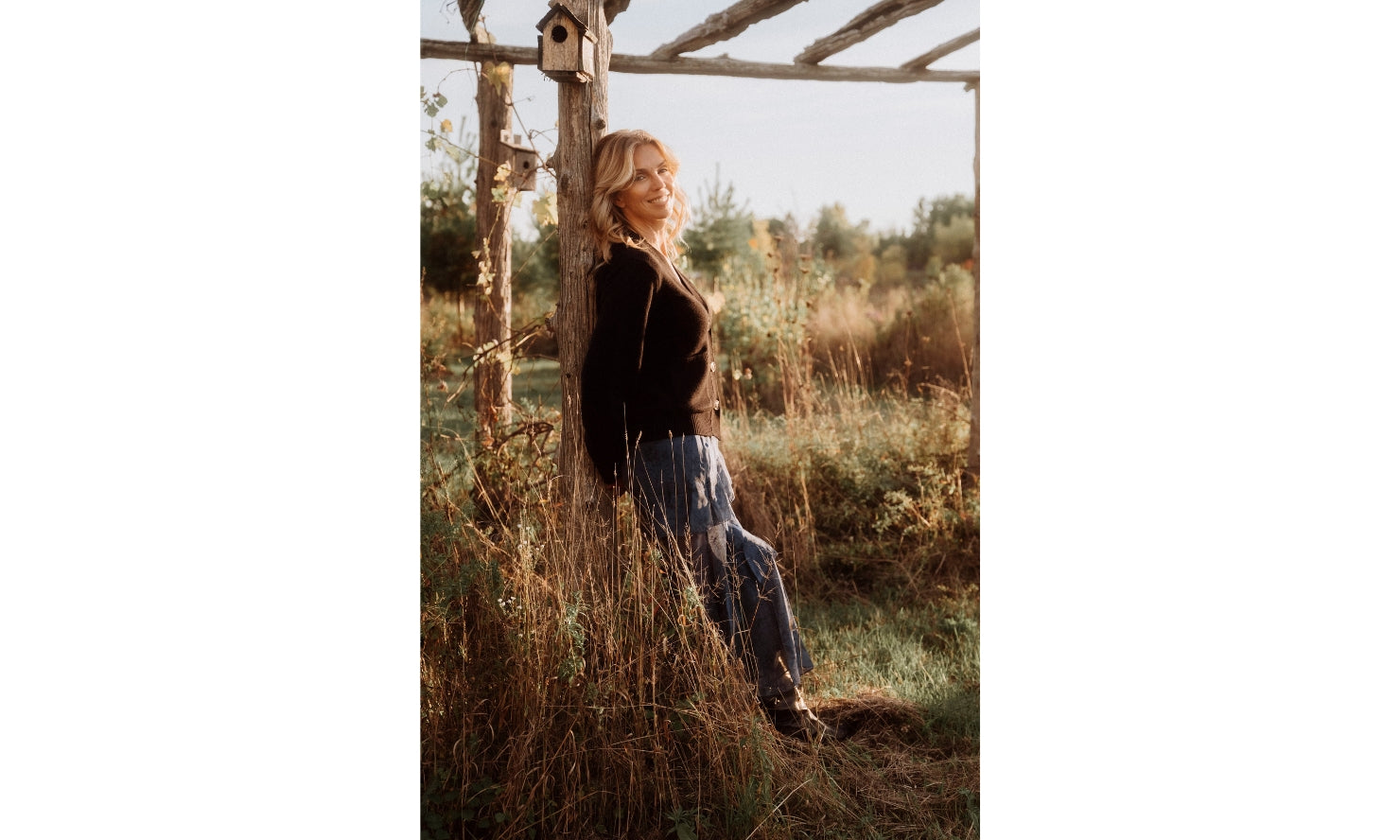
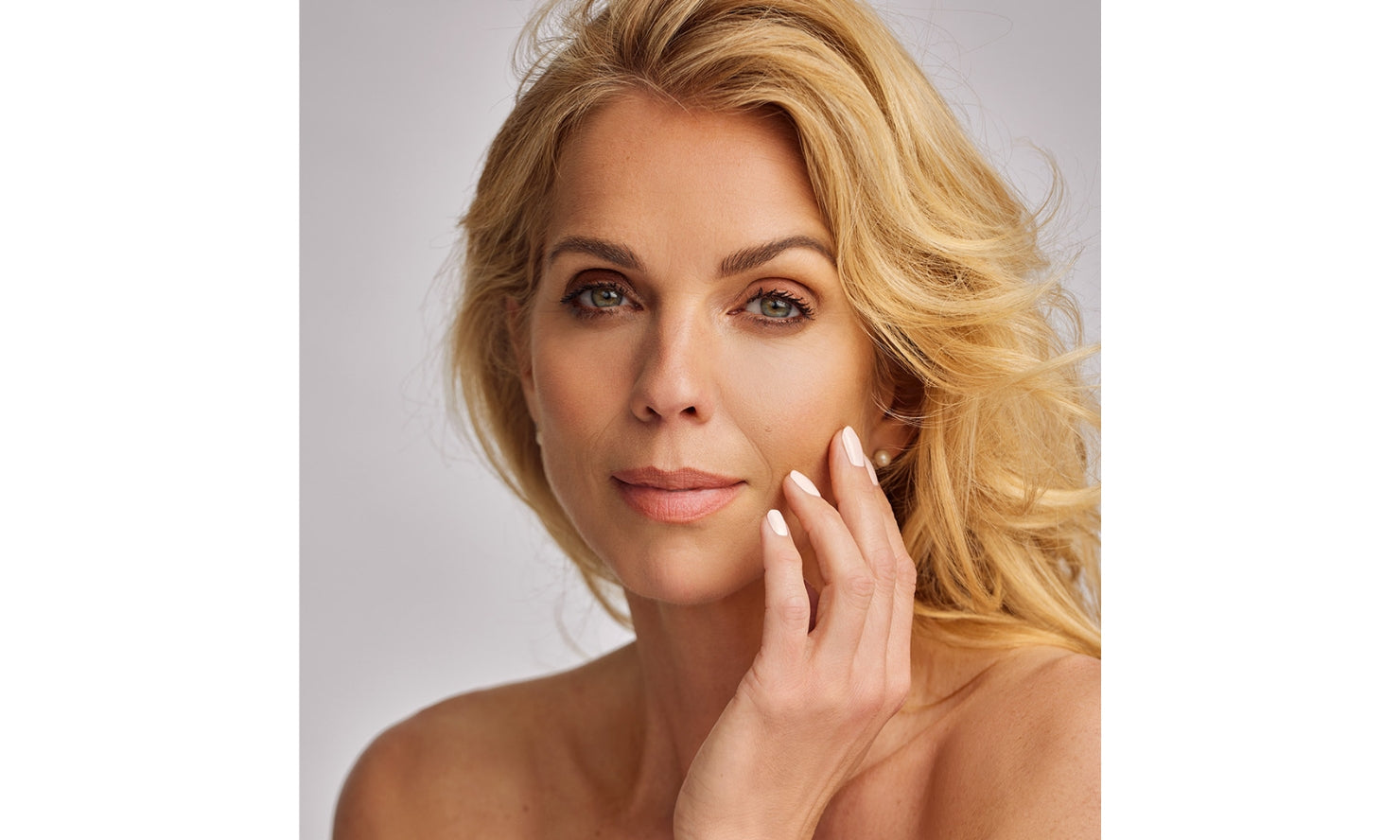
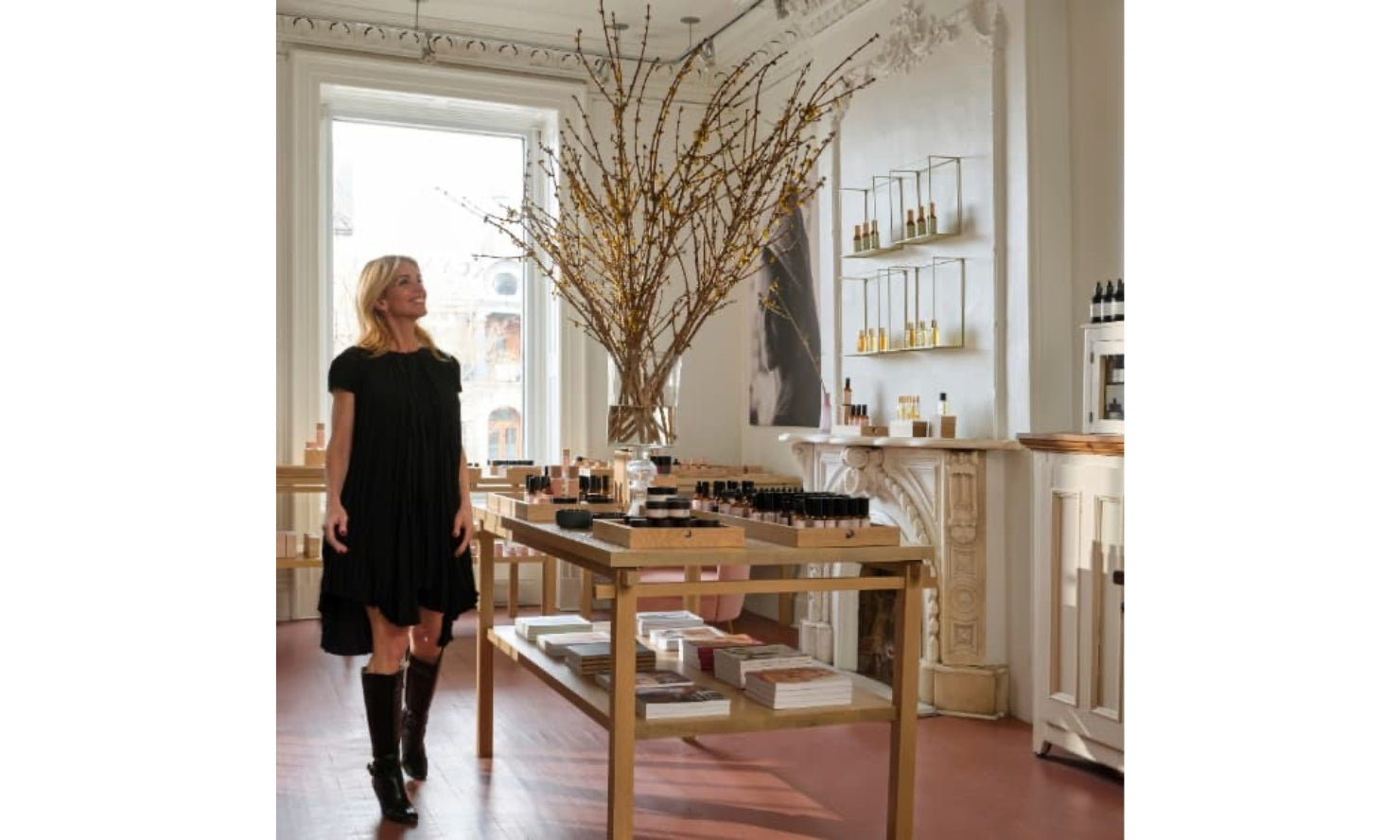
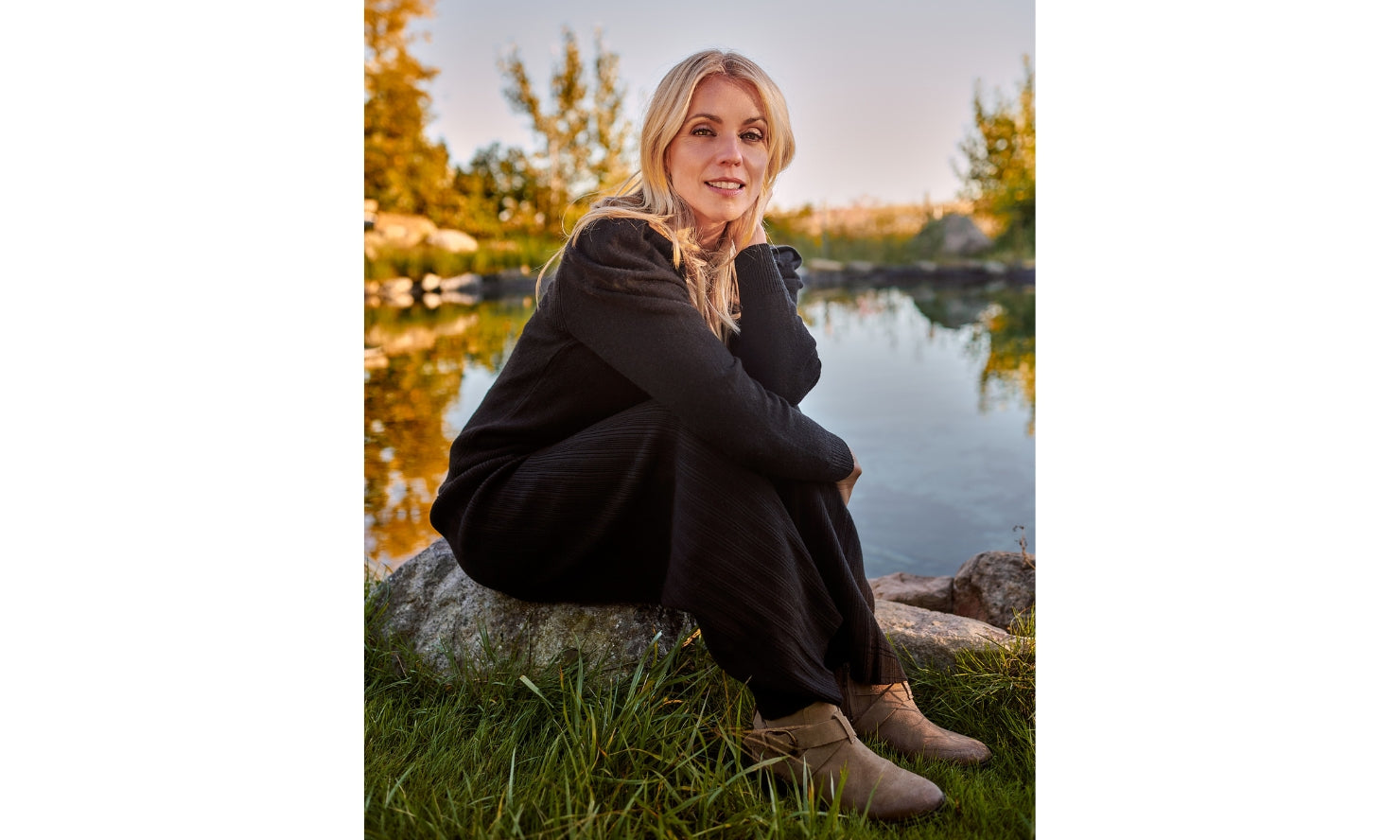









Leave a comment